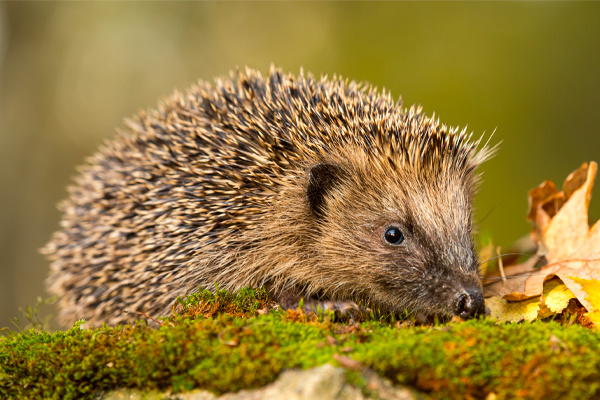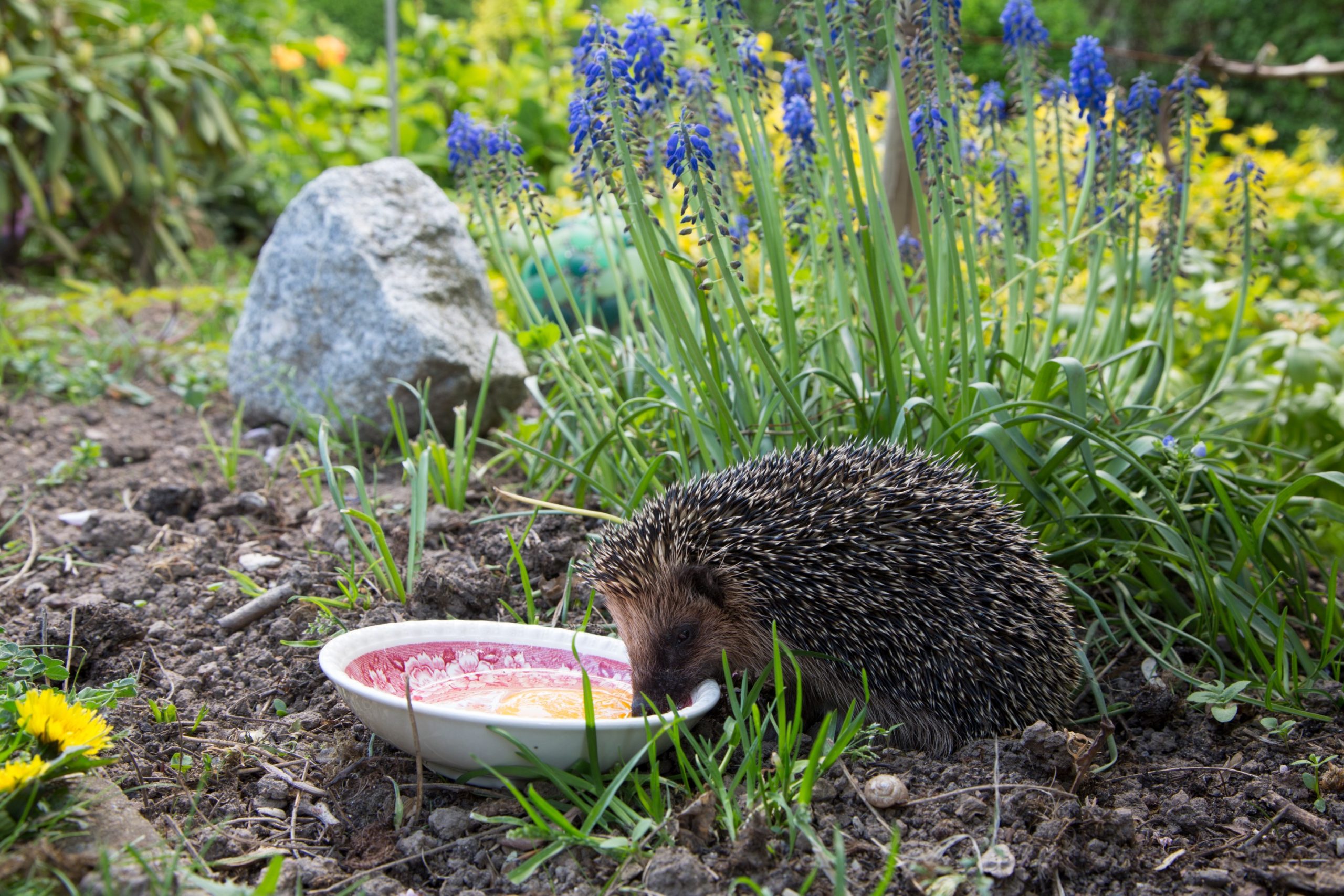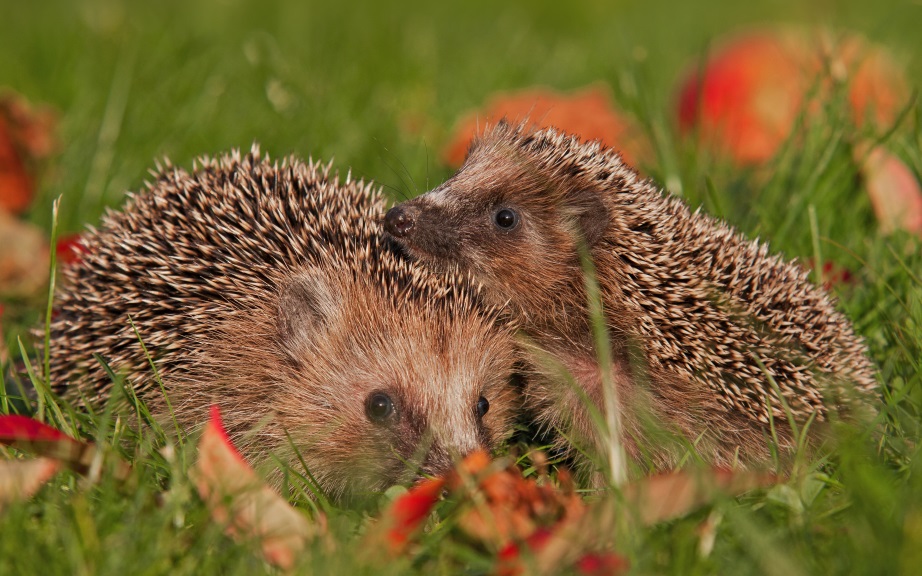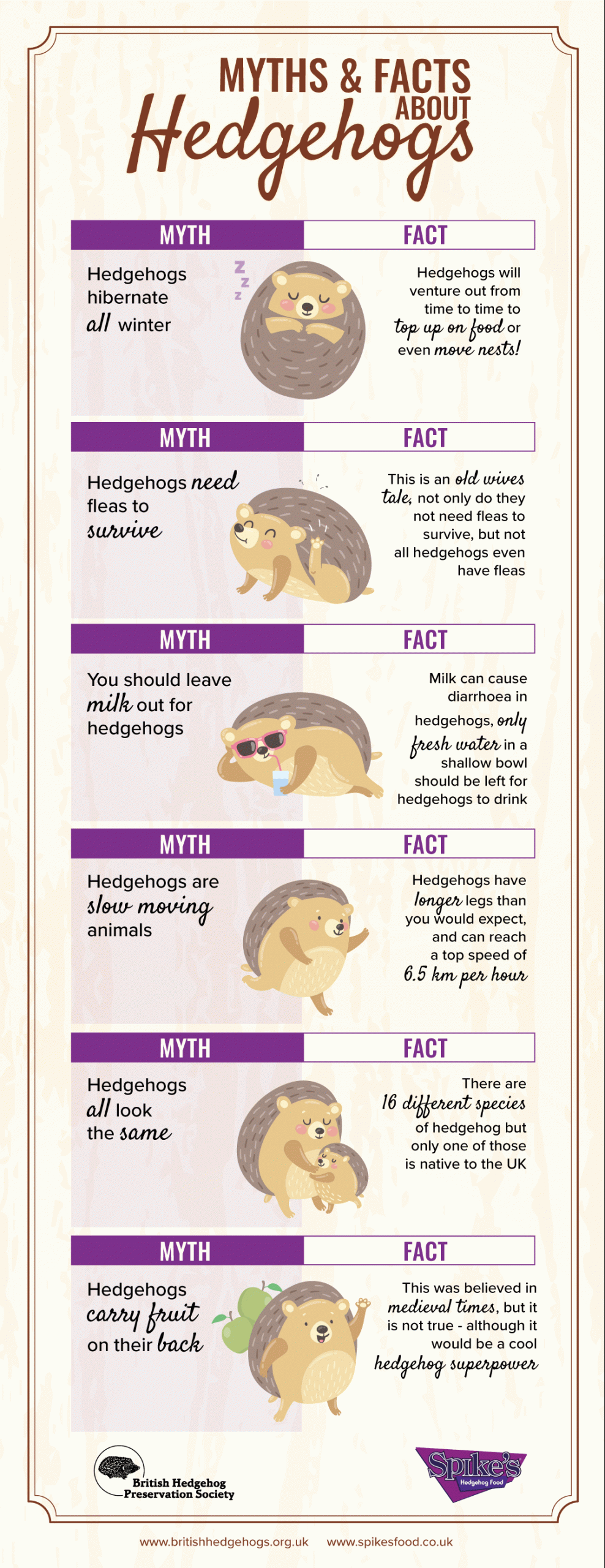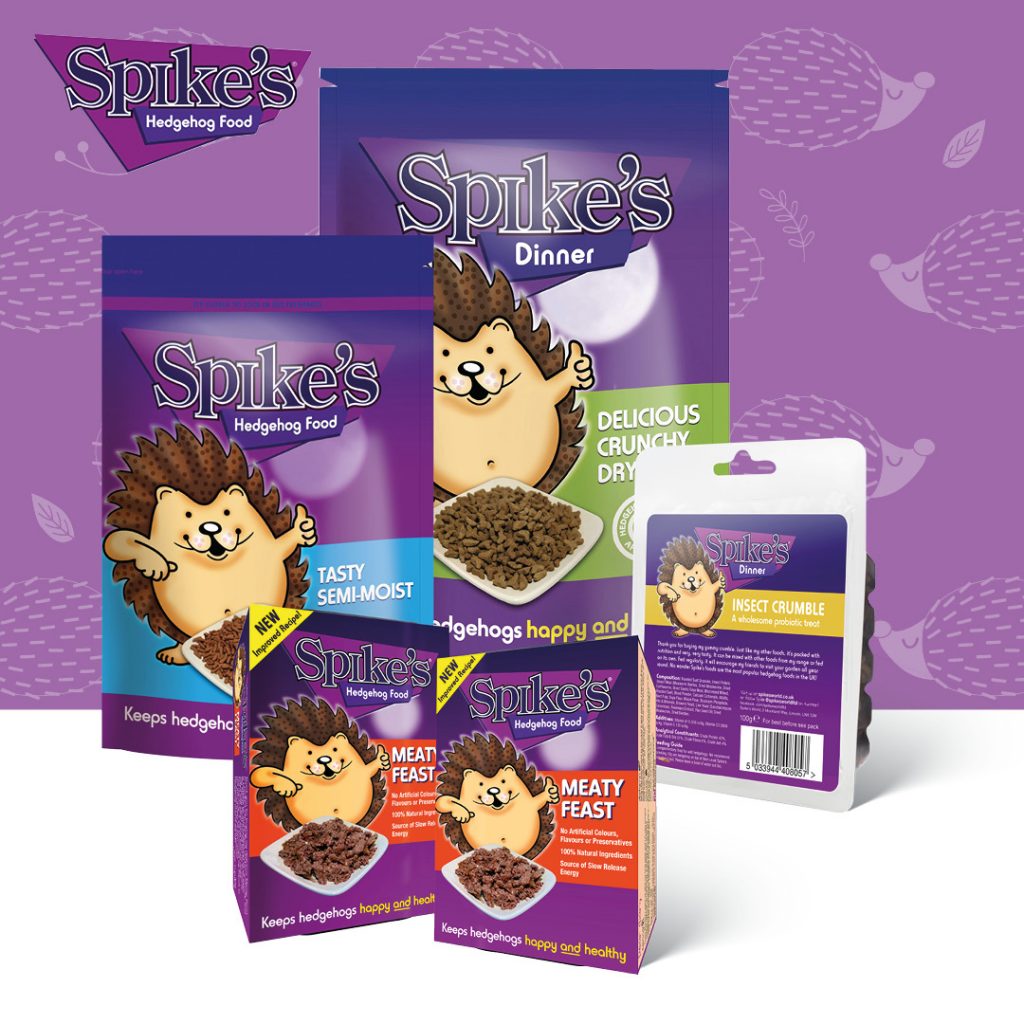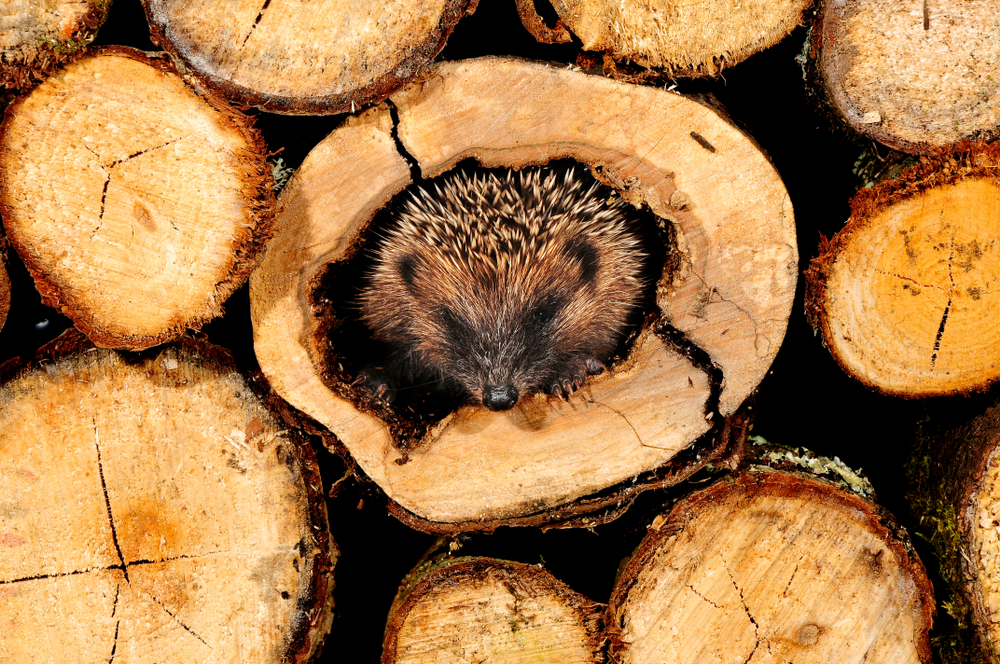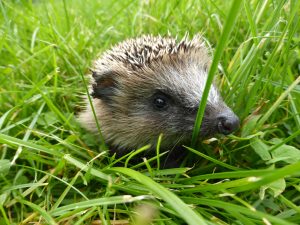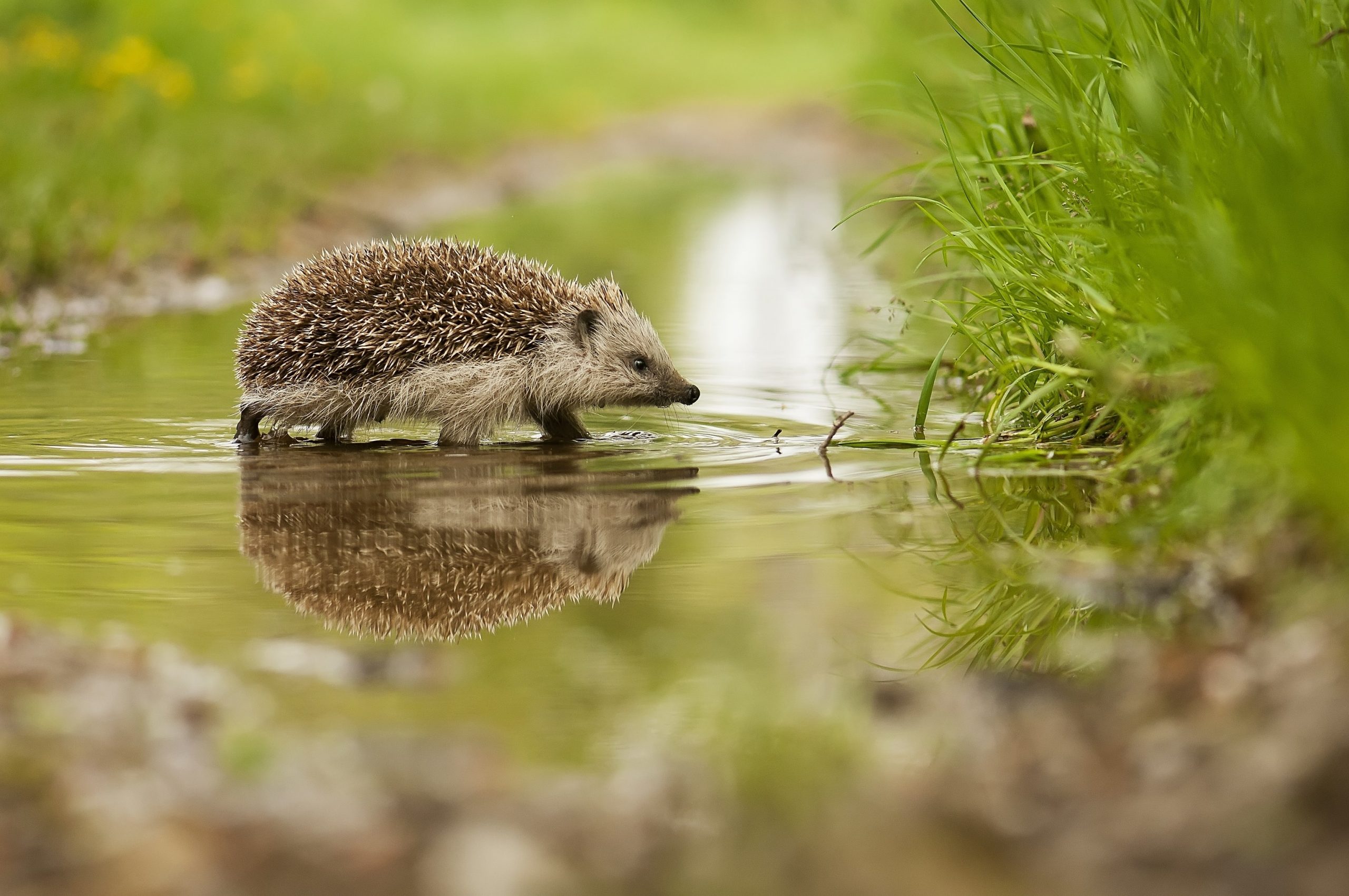
This time of the year sees the arrival of thousands of baby hedgehogs across the country and, with less of us going on holiday this summer, we’re getting more sightings than ever of these tiny spiky mammals.
While June and July are the typical birthing season for hoglets, after the mating season in early summer, hedgehogs often have a second litter of hoglets in August and September.
This time of the year is crucial for hedgehogs, as they need to build up fat stores ahead of hibernation in October or November.
However, with less food and water available due to urban sprawl and the use of pesticides killing insect populations – which are their main food source – many aren’t able to build up the reserves they need to make it through winter.
Officially classed as a ‘vulnerable to extinction’ species according to The Mammal Society’s Red List, if you spot a hedgehog in your garden for the first time, check out our hedgehog guide for beginners so you know what to do.
How to help hedgehogs in your garden
If you want to help protect one of Britain’s best-loved animals, there are lots of simple tips and tricks to make life a little easier for them:
- Leave a small gap in your garden fence to allow them to get in and out easily. You could even chat with your neighbours and encourage them to do the same, this creates a safe Hedgehog Highway through your gardens, which is crucial to their mating rituals and feeding habits.
- Leave out hedgehog food, such as Spike’s Tasty Semi-Moist, and water in a shallow bowl to help them build up fat stores ahead of winter.
- Create a hedgehog habitat, using a plastic tub with a lid with a 15cm hole cut out for access, and place bricks on top to keep secure from predators. Put a little hay or grass inside and cover the top with leaves to make them feel at home.
- Leave an area of grass uncut to grow wild because not only are lawnmowers responsible for a large number of hedgehog injuries, but keeping the grass long helps encourage more insects into your garden which acts as a food source for hedgehogs.
- Help us record hedgehog population numbers in your area by noting any sightings on our Hedgehog Hotspot Map at https://www.spikesfood.co.uk/submit-sighting/
Hedgehog Myths vs. Facts
Despite being one of our favourite British species, there’s still a lot of misleading information out there that could potentially harm hedgehogs.
MYTH 1: ‘Hedgehogs like milk and bread’
BUSTER 1: Hedgehogs are lactose intolerant. Instead, leave them a shallow bowl of water and something to eat which is protein based, like Spike’s Tasty Semi-Moist.
MYTH 2: ‘Hedgehogs transmit fleas to your pets’
BUSTER 2: Hedgehogs are often labelled as ‘fleabags’. However, the hedgehog flea (archaeopsylla erinacei) can only survive on hedgehogs. If the flea was transmitted onto your pet, it would simply drop off.
MYTH 3 ‘Hedgehogs hibernate all winter long’
BUSTER 3: Hedgehogs will often venture out from time to time during the hibernation period to top up on food and even move nests!
What now for hedgehogs?
Despite these challenges, there are reasons to hope. Lockdown saw a mini-resurgence in hedgehog population levels and we’re hoping our efforts to raise awareness about the need to protect UK wildlife will continue to boost numbers.


